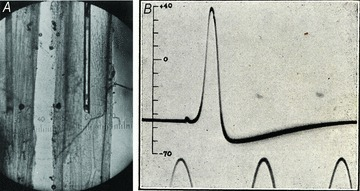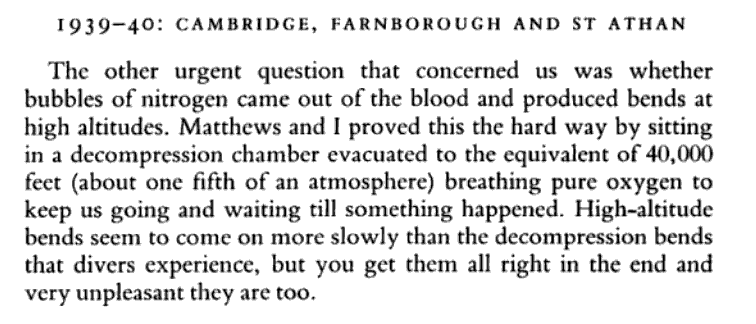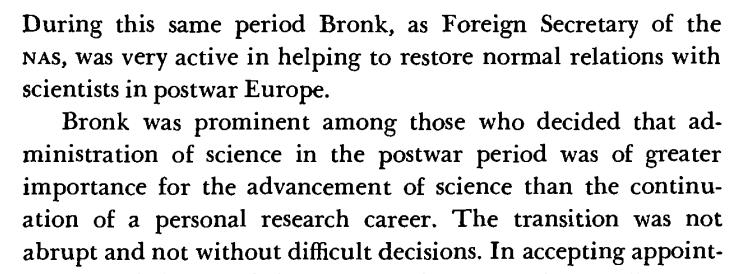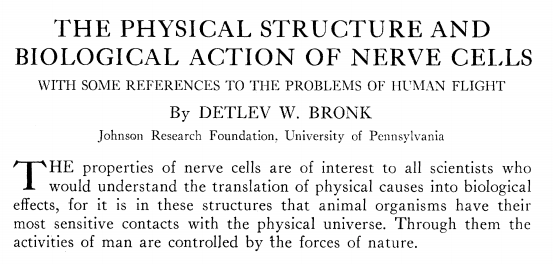In 1939, Hodgkin & Huxley conducted the first, long-awaited recording of an intracellular action potential.
Shortly after, Hitler invaded Poland, and Hodgkin & Huxley were forced to leave the lab and join the WWII effort.
( https://www.ncbi.nlm.nih.gov/pmc/articles/PMC3424716/)">https://www.ncbi.nlm.nih.gov/pmc/artic...
Shortly after, Hitler invaded Poland, and Hodgkin & Huxley were forced to leave the lab and join the WWII effort.
( https://www.ncbi.nlm.nih.gov/pmc/articles/PMC3424716/)">https://www.ncbi.nlm.nih.gov/pmc/artic...
Of course, having to leave the lab after the first glimpse of an action potential was deeply frustrating.
Hodgkin writes about it in his autobiography, "Chance and Design: Reminiscences of Science in Peace and War."
Hodgkin writes about it in his autobiography, "Chance and Design: Reminiscences of Science in Peace and War."
During their separation, both Hodgkin & Huxley worked on war-related efforts.
Somewhat relevant to now, Hodgkin helped design oxygen masks for pilots. He also worked on aviation medicine, even subjecting himself to a rather intense decompression chamber.
Somewhat relevant to now, Hodgkin helped design oxygen masks for pilots. He also worked on aviation medicine, even subjecting himself to a rather intense decompression chamber.
Hodgkin & Huxley were reunited 7 years later, and shortly after began their parade of papers to illuminate the ionic basic of the action potential.
Science can and will persist, even if interrupted by a global crisis. In the meantime, we might need to redirect our efforts.
Science can and will persist, even if interrupted by a global crisis. In the meantime, we might need to redirect our efforts.
Worth mentioning that Detlev Bronk (of Adrian & Bronk, 1929, first single-cell recording) also shifted his focus to aviation medicine during WWII.
In addition, Bronk took on several roles in science policy, helping to bridge government & research.
( http://www.nasonline.org/publications/biographical-memoirs/memoir-pdfs/bronk-detlev-w.pdf)">https://www.nasonline.org/publicati...
In addition, Bronk took on several roles in science policy, helping to bridge government & research.
( http://www.nasonline.org/publications/biographical-memoirs/memoir-pdfs/bronk-detlev-w.pdf)">https://www.nasonline.org/publicati...
As a part of this research, Bronk published this rather unique report in 1946 which includes descriptions about the impact of oxygen on neurons as well as a rather philosophical discussion about the intersection of technology & the human body.
( https://www.jstor.org/stable/29773642 )">https://www.jstor.org/stable/29...
( https://www.jstor.org/stable/29773642 )">https://www.jstor.org/stable/29...

 Read on Twitter
Read on Twitter








